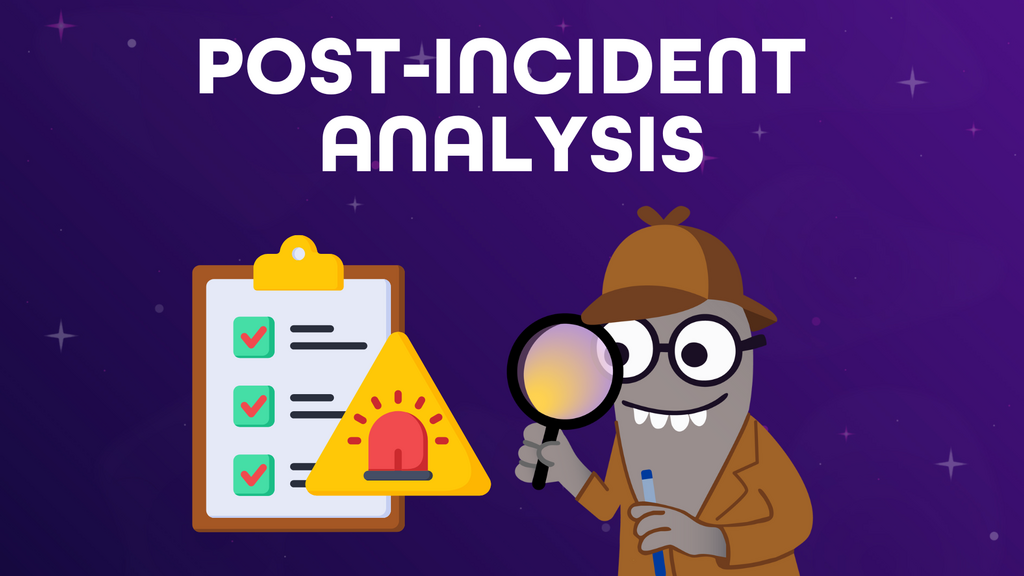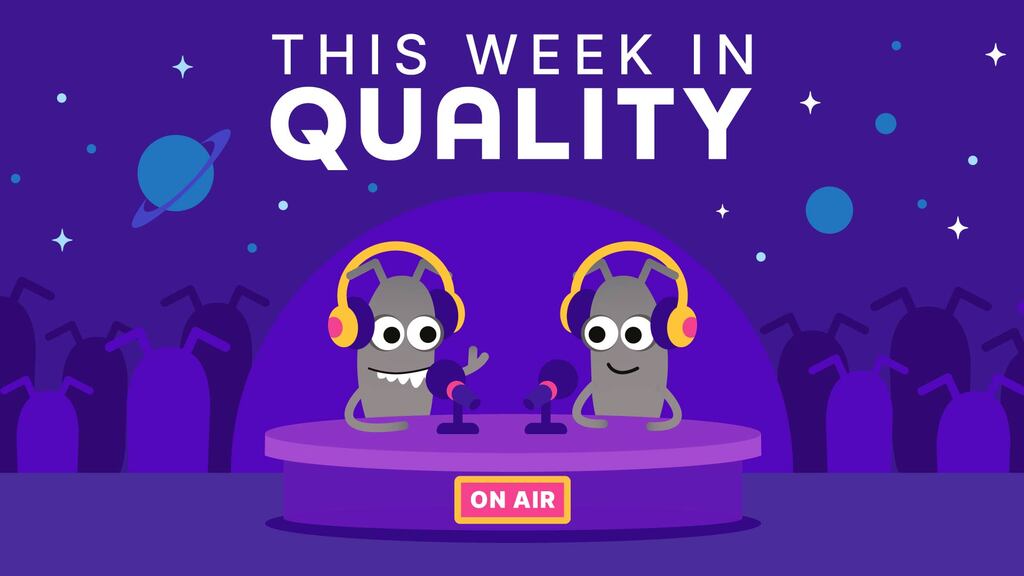Post-incident analysis, or post-mortem, looks at what happened after something has gone wrong, mainly in production, but sometimes in testing. It could be due to an outage, a bug in production, configuration issues, or any number of bugs or incidents. It should not be about blame or finger-pointing. It’s about understanding, learning, and adapting. When a team or, to start, an individual conducts a post-incident session, they gather the facts of what occurred, when, and how the issue was discovered, and then explore why it happened. They focus not just on the surface error but on the deeper root causes behind it.
Good post-incident work digs past symptoms to find the root cause. It is better done as a team effort, and the best sessions are open, honest, and psychologically safe so everyone can share insights freely. The outcome isn’t just a report. It should be an action plan with practical steps to reduce the chance of recurrence and to strengthen either the software, the processes or both. That might include improving monitoring, changing code review practices, refining tests, or adjusting how incidents are triaged and communicated.
Done well, post-incident analysis turns failure into fuel for improvement. It’s a core part of Continuous Quality to use what went wrong and make what comes next better.
Good post-incident work digs past symptoms to find the root cause. It is better done as a team effort, and the best sessions are open, honest, and psychologically safe so everyone can share insights freely. The outcome isn’t just a report. It should be an action plan with practical steps to reduce the chance of recurrence and to strengthen either the software, the processes or both. That might include improving monitoring, changing code review practices, refining tests, or adjusting how incidents are triaged and communicated.
Done well, post-incident analysis turns failure into fuel for improvement. It’s a core part of Continuous Quality to use what went wrong and make what comes next better.




